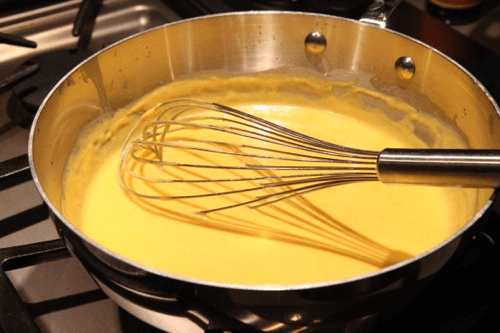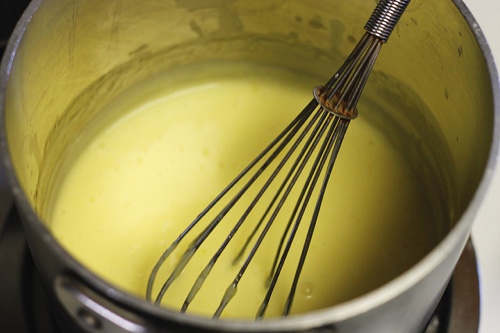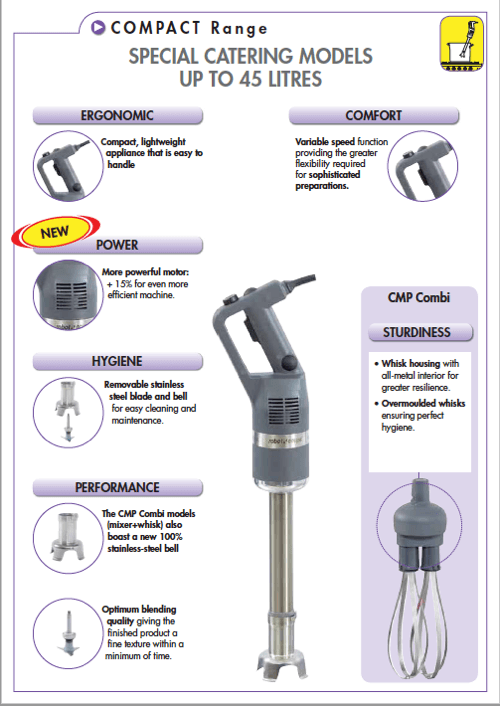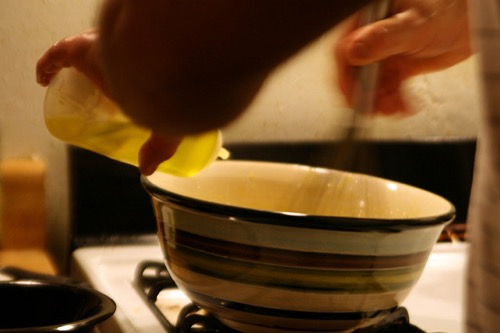
Image - Just keep whisking the mayonnaise - //flic.kr/p/7iBAQx
Mayonnaise, Hollandaise Sauces & other tricky Emulsions made simple
What do Hollandaise and Béarnaise Sauce have in common?
They are warm emulsified sauces. Made from emulsifying butter and egg yolks, and adding a touch of acidity.
The trick to creating warm emulsified sauces, is getting ingredients that don't typically to blend together.
If you want to make silky, creamy sauces then understanding Emulsions is a chef's secret weapon.
Once you grasp the concept of Emulsions, your cooking will be changed forever.
Everybody has their favourite way of using Hollandaise Sauce
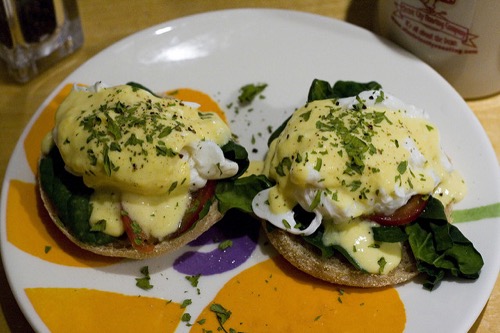
Image - Eggs Benedict Eggs Benedict with fresh spinach, tomato, and a yogurt based hollandaise sauce - //flic.kr/p/4nwMT5
I guess you've heard that oil and water do not mix.
The science of Emulsions is a suspension two liquids within each other that would not naturally mix, like oil and vinegar.
If you watched any cooking show there always implying that making Hollandaise Sauce & Mayonnaise is so difficult to get right.
They can be Tricky but if you get your head around the role emulsification plays in cooking.
Emulsions may sound like a complicated process, but you have probably been using them without even being aware, that you are.
So what are Emulsions
“An emulsion occurs when two substances that do not normally mix are forced into a mixture in which one of the substances is evenly dispersed in the form of small droplets throughout the other substance. Under normal conditions, fat (either liquid oil or solid fat) and water do not mix, but these two substances are the most common ingredients in culinary emulsions.”
The Culinary Institute of America, The Professional Chef, 8th Edition
If you need a more technical explanation from a Chef, then I Suggest you read Chef Jacob Burton Article
